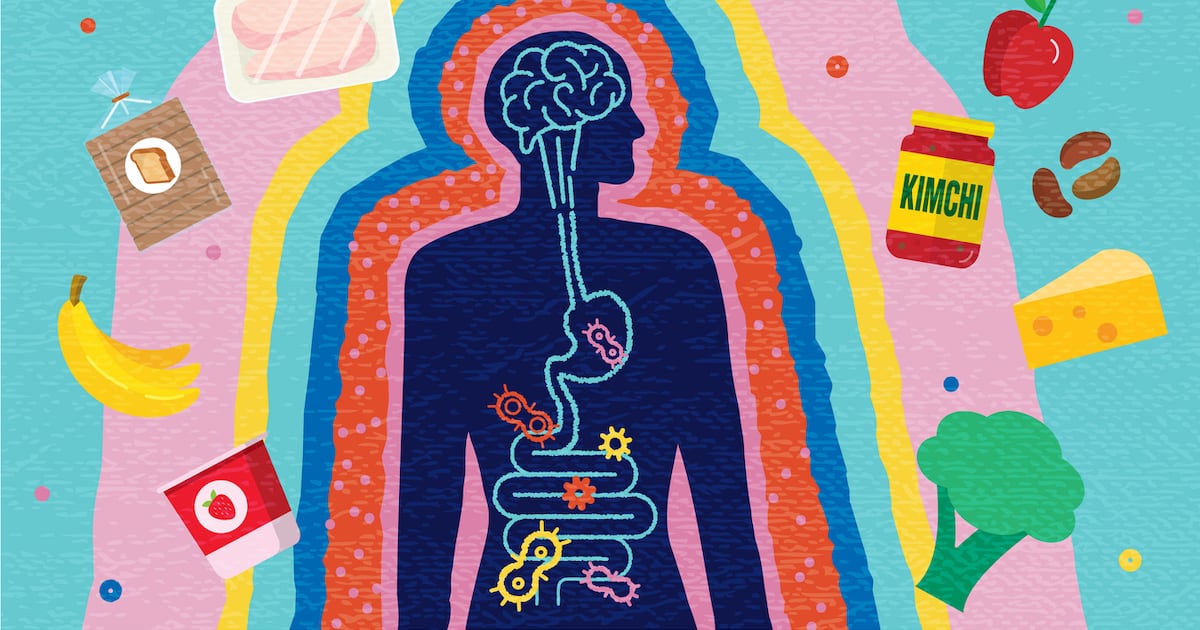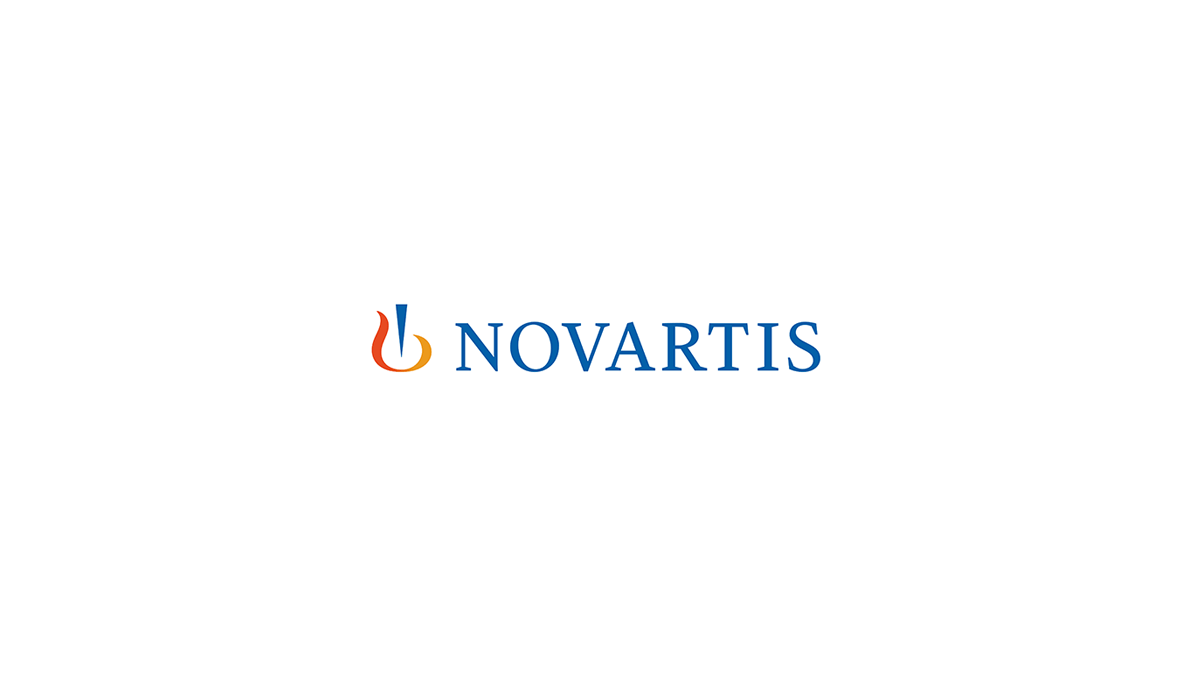When you have … a hacking cough
Hydrate with teas
For Dr Ricardo José, consultant in respiratory medicine, hydration is key: “It’s about taking frequent sips throughout the day to keep the mucous membranes moist.” Immunologist Dr Jenna…

For Dr Ricardo José, consultant in respiratory medicine, hydration is key: “It’s about taking frequent sips throughout the day to keep the mucous membranes moist.” Immunologist Dr Jenna…

Dr Peter Seidensticker
Dr. Seidensticker: “According to some current analyses, the majority of biopsies conducted for prostate cancer diagnostics are unnecessary. Against this background, the PROKOMB study, which was conducted by the Charité…

The tumultuous life and career of Pulitzer prize-winning photojournalist Lynsey Addario is the subject of this National Geographic film, produced and directed by Elizabeth Chai Vasarhelyi and Jimmy Chin (who made the climbing documentary Free…

Eurostar is to start running doubledecker trains through the Channel tunnel to meet growing demand for international rail travel from the UK.
The rail operator announced it had signed a €2bn (£1.7bn) deal for at least 30 – and up to 50 – new trains from the manufacturer Alstom.
The doubledeckers will start operating from 2031, with each able to carry more than 1,000 passengers.
Eurostar said the Celestia trains, the first doubledeckers to run on the UK mainland, would have about 20% more seats than its biggest existing trains. Some of the extra space would be taken up by stairs, but it would also be used for wheelchairs, bicycles, additional legroom and “surprises”, it said.
The SNCF-owned operator plans to maintain the entire fleet at the Temple Mills depot in north-east London, which it hopes to redevelop with a further €80m investment, creating 350 jobs.
The announcement comes as the UK regulator, the Office of Rail and Road, is preparing to announce a critical decision on whether Eurostar should make space at Temple Mills for a competitor.
A number of other interested international high-speed rail operators, including Virgin, FS Italiane (Trenitalia, partnering with Spanish firm Evolyn) and Gemini have bid for the depot space, which Eurostar says is not feasible given its own expansion plans.
Last week, FS Italiane pledged its cross-Channel services would call at Ashford, Kent if successful, after ministers urged the ORR to favour bids that reopened disused UK high-speed stations.
Eurostar’s chief executive, Gwendoline Cazenave, said the timing of its train order announcement was a coincidence, as it continued to bounce back to growth after years of decline.
She said: “Placing this milestone order marks the concrete realisation of Eurostar’s ambitious growth strategy: to reach 30 million passengers by investing in a brand-new fleet. We’re particularly proud to bring doubledecker trains to the UK for the very first time.
“Customers can expect a very special new train with Eurostar Celestia, which will offer exceptional comfort, a unique Eurostar experience and new surprises to be revealed.”
The chief executive of manufacturer Alstom, Henri Poupart-Lafarge, said: “This new-generation train, designed to meet the demands of international very high-speed traffic, embodies our vision of sustainable and competitive European mobility.”
The trains will be able to operate throughout Eurostar’s network, including to its planned destinations of Frankfurt and Geneva. It will phase out its older trains, bar the 17 latest e320s, making its total fleet about 30% bigger once all 50 trains are delivered.
Cazenave said the order was long in the making, and Britain needed to increase its capacity for international rail, regardless of the imminent depot decision. She said: “Obviously, in the UK it’s a key milestone … but when I look at the demand, the way the market is pushing, what we are really pushing for is for the UK to find solutions for sustainable travel expansion between the UK and continent of Europe.
“You need private investment, as in the €2bn we’re putting on the table. But you also need a public transport policy, and investments in space. We need to find solutions for space for maintaining trains and we need also to find solutions for St Pancras,” the London passenger terminus.
Virgin has also signed a deal with Alstom, to buy 12 Avelia high-speed trains – a type currently in use in Italy and Sweden – should the regulator grant it depot space. The ORR is understood to have made a provisional decision at a board meeting on Tuesday, and is due to confirm it by 31 October.

It may not look as different as the redesigned Pro models this year or be as wafer thin as the new iPhone Air, but the iPhone 17 marks a big year for the standard Apple smartphone.

Common dolphins, among the most abundant marine mammals on Earth, are living significantly shorter lives in the North Atlantic. A new study published on October 10 in Conservation Letters reports that their lifespan has dropped sharply in recent…

Common dolphins, among the most abundant marine mammals on Earth, are living significantly shorter lives in the North Atlantic. A new study published on October 10 in Conservation Letters reports that their lifespan has dropped sharply in recent…

Basel, October 22, 2025 – Novartis today announced that Cosentyx® (secukinumab) met the primary endpoint and all secondary endpoints in the Phase III REPLENISH trial1. Cosentyx demonstrated statistically significant and clinically meaningful sustained remission vs placebo at Week 52 in adults with polymyalgia rheumatica (PMR)1. Data will be presented at an upcoming medical congress and submitted to health authorities in the first half of 2026.
“Polymyalgia rheumatica is an inflammatory rheumatic disease characterized by bilateral pain of the neck, shoulders, or hips, morning stiffness, and fatigue. It tends to flare and significantly impact patients’ quality of life,” said Angelika Jahreis, Global Head, Immunology Development, Novartis. “These results highlight the potential of Cosentyx to help patients achieve and sustain disease remission and reduce corticosteroids, which can lead to significant side effects in this typically elderly patient population. Today’s results represent another breakthrough in transforming care in rheumatology.”
A key secondary endpoint of the REPLENISH trial was adjusted annual cumulative steroid dose through Week 52. Other secondary measures included complete sustained remission at Week 52, and time until patients needed additional treatment3.
About REPLENISH trial
The REPLENISH trial (NCT05767034) is a global Phase III, multicenter, randomized, double-blind, placebo-controlled, parallel-group study conducted across 27 countries, evaluating the efficacy and safety of Cosentyx in patients with polymyalgia rheumatica (PMR). Patients were randomized into three treatment arms: Cosentyx 300mg, Cosentyx 150mg, or placebo, all in combination with a 24-week steroid taper regimen. The primary endpoint of the trial is to assess whether secukinumab 300mg sc. plus a 24-week steroid taper is superior to placebo plus a 24-week steroid taper in achieving sustained remission at Week 52. Key secondary endpoints include the proportion of patients achieving complete sustained remission at Week 52, the adjusted annual cumulative steroid dose, and the time to first use of escape or rescue treatment through Week 523.
About Cosentyx (secukinumab)
Cosentyx is a fully human biologic that directly inhibits interleukin-17A, an important cytokine involved in the inflammation underlying multiple immune-mediated inflammatory diseases. It is approved for use in adults with psoriatic arthritis (PsA), moderate to severe plaque psoriasis (PsO), ankylosing spondylitis (AS), non-radiographic axial spondyloarthritis (nr-axSpA), and hidradenitis suppurativa (HS)4–6, as well as in pediatric patients with PsO, enthesitis-related arthritis (ERA), and juvenile psoriatic arthritis (JPsA)7–8.Cosentyx is supported by robust evidence and 10 years of real-world data demonstrating its long-term safety and sustained efficacy9–14. Since its launch in 2015, it has been used to treat more than 1.8 million patients worldwide and is now approved in over 100 countries9.
About polymyalgia rheumatica (PMR)
Polymyalgia rheumatica (PMR) is the second most common inflammatory rheumatic disease in adults aged 50 years and older, typically characterized by acute pain and stiffness in the shoulders, neck, and hips2. Relapses are frequent, affecting up to 40% of patients in the first year15, and long-term steroid use, the standard of care, carries significant risks including osteoporosis and diabetes16. Beyond physical complications, PMR substantially impairs quality of life through pain, fatigue, restricted mobility, and fear of relapse17.
Disclaimer
This press release contains forward-looking statements within the meaning of the United States Private Securities Litigation Reform Act of 1995. Forward-looking statements can generally be identified by words such as “potential,” “can,” “will,” “plan,” “may,” “could,” “would,” “expect,” “anticipate,” “look forward,” “believe,” “committed,” “investigational,” “pipeline,” “launch,” or similar terms, or by express or implied discussions regarding potential marketing approvals, new indications or labeling for the investigational or approved products described in this press release, or regarding potential future revenues from such products. You should not place undue reliance on these statements. Such forward-looking statements are based on our current beliefs and expectations regarding future events, and are subject to significant known and unknown risks and uncertainties. Should one or more of these risks or uncertainties materialize, or should underlying assumptions prove incorrect, actual results may vary materially from those set forth in the forward-looking statements. There can be no guarantee that the investigational or approved products described in this press release will be submitted or approved for sale or for any additional indications or labeling in any market, or at any particular time. Nor can there be any guarantee that such products will be commercially successful in the future. In particular, our expectations regarding such products could be affected by, among other things, the uncertainties inherent in research and development, including clinical trial results and additional analysis of existing clinical data; regulatory actions or delays or government regulation generally; global trends toward health care cost containment, including government, payor and general public pricing and reimbursement pressures and requirements for increased pricing transparency; our ability to obtain or maintain proprietary intellectual property protection; the particular prescribing preferences of physicians and patients; general political, economic and business conditions, including the effects of and efforts to mitigate pandemic diseases; safety, quality, data integrity or manufacturing issues; potential or actual data security and data privacy breaches, or disruptions of our information technology systems, and other risks and factors referred to in Novartis AG’s current Form 20-F on file with the US Securities and Exchange Commission. Novartis is providing the information in this press release as of this date and does not undertake any obligation to update any forward-looking statements contained in this press release as a result of new information, future events or otherwise.
About Novartis
Novartis is an innovative medicines company. Every day, we work to reimagine medicine to improve and extend people’s lives so that patients, healthcare professionals and societies are empowered in the face of serious disease. Our medicines reach nearly 300 million people worldwide.
Reimagine medicine with us: Visit us at https://www.novartis.com and connect with us on LinkedIn, Facebook, X/Twitter and Instagram.
References
# # #

What if the key to cleaner, cheaper fuel wasn’t waiting for tomorrow’s technology but was already here?
In 2021, the State of Nebraska rolled out a fleet of 50 vehicles — Dodge Avengers and Chargers and Ford Fusions — for a trial, swapping regular gasoline for E30, a 30% ethanol blend.
The goal was to answer a question for the future of clean energy: Can standard cars run reliably on higher-ethanol fuel without modification? If these workhorses within the state motor pool could handle higher-ethanol fuel without trouble, it could change what drivers everywhere put in their tanks.
And, it could have a positive ripple effect throughout the state.
“Nebraska’s bioeconomy isn’t abstract; it’s embodied in this study,” said Rajib Saha, Richard L. and Carol S. McNeel Associate Professor of Chemical and Biomolecular Engineering, who led the study alongside graduate researcher Adil Alsiyabi and undergraduate student Seth Stroh. “It’s about corn farmers seeking new markets, rural towns gaining value and policymakers finally having concrete evidence that small tweaks could yield big wins — for the state, the climate and the bottom line.
“This project was not the work of an industry lobby or an outside consultant. It began in the Department of Chemical and Biomolecular Engineering at the University of Nebraska–Lincoln, co-funded by the Nebraska Corn Board and the Nebraska Ethanol Board, and it’s indicative of the innovative, practical and high-impact research that has become synonymous with this department.”
Each vehicle was outfitted with onboard diagnostic (OBD) trackers. Over the span of a year, the cars drove the Cornhusker state’s backroads and highways, and the trackers collected millions of data points.
The results were shared in a report:
This work also was published in a peer-reviewed journal, and ethanol and energy publications called it a breakthrough, according to Saha. The Nebraska Ethanol Board championed the results as proof that E30 could work in everyday vehicles.
Saha also noted that it provided empirical evidence that higher ethanol blends could deliver both savings and sustainability through modest MPG changes and big cost savings; no hardware failures or check-engine nightmares; and data-driven environmental benefits tied directly to corn-based ethanol.
Phase II launched in 2023, and as of mid‑2025, nearly 94 state vehicles have logged hundreds of thousands of miles on E30.
“E30 is safe, effective and economically viable,” Saha said. “The results of this project are reinforcing the idea that higher ethanol blends aren’t fringe — they’re practical and scalable.”
The data could reshape Nebraska’s economy.
“Nebraska’s bioeconomy isn’t abstract — it’s about corn farmers seeking new markets, rural towns gaining value and policymakers finally having concrete evidence that small tweaks could yield big wins: for the state, the climate and the bottom line,” Saha said. “This isn’t just about fuel. It’s about leadership and about a department not asking, ‘Could this work?’ but ‘Why couldn’t it work?’ This team transformed every day vehicles into agents of change — bridging cornfields with cutting-edge data science.”
As part of the core project team, Loren Isom, associate director of the University of Nebraska Industrial Agricultural Products Center, emphasized that fuel economy should be viewed through the lens that matters most to drivers: cost per mile. Interim data from the Phase II study confirms that vehicles operating on E30 fuel blends are delivering savings, with the 2003–2019 vehicle group recording a 20% lower operating cost or 16 cents per mile on E30 versus 20 cents on E10.
That kind of evidence is why the Nebraska Ethanol Board views the effort as more than an experiment.
“The E30 demonstration is a terrific project for Nebraska,” said Ben Rhodes, director of the board. “This is one-of-a-kind research that is adding real value to the state. We’re showing that mid-level blends of homegrown ethanol are safe and effective across the entire US light-duty fleet, as well as demonstrating that E30 is viable under real-world market conditions.”
So far, the State of Nebraska has utilized more than 600,000 gallons of E30 fuel in the study, saving more than $300,000 in fuel costs and adding nearly $400,000 in value to Nebraska’s ethanol producers.
“It’s clear this is moving in the right direction toward the long-term goal of widespread E30 adoption and use,” Rhodes said.